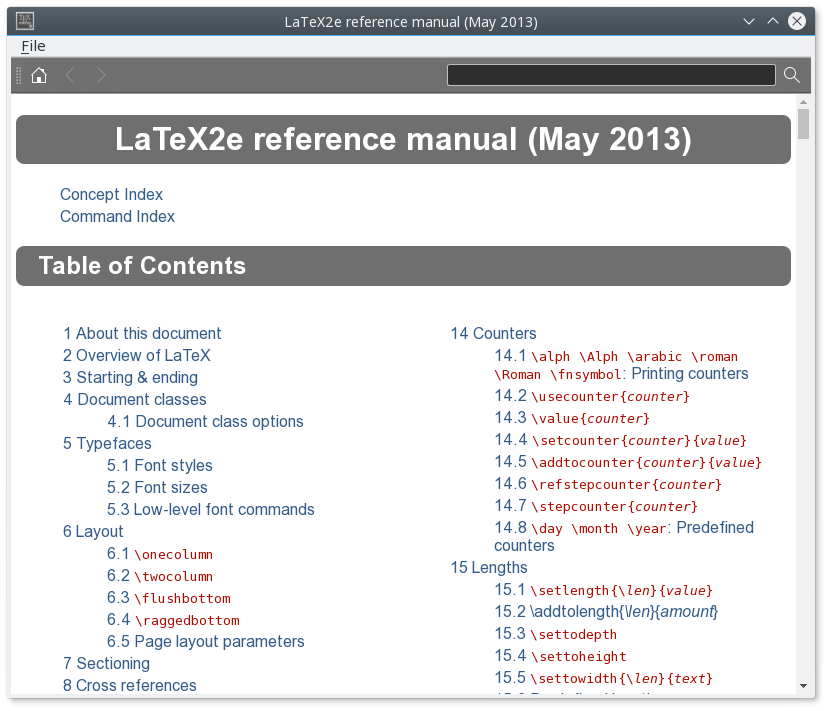

certain characters that have a special meaning in LaTeX, such as #, $, %, &, _, \, ~, ^, and ,.commands that tell LaTeX how the paper should be formatted (commands are usually regular English words preceded by the backslash character, ``\'', like this: \begin).tex (for example, myfile.tex), so that the programs you will be using will recognize your file as a LaTeX source file. This file must be named with a file suffix of. The first step in producing a LaTeX-formatted document is to create a plain text file with a text editor such as Emacs. For more information about LaTeX not covered here, see either of these documents. LaTeX: A Document Preparation System, User's Guide and Reference Manual, the official LaTeX Manual (copies are available in the Barker and Hayden libraries), was also used extensively in preparing this documentation.

Most of the tables of symbols in this document were copied (with permission) directly from SIPB's document.

Inessential LaTeX, published by the Student Information Processing Board (SIPB, W20-557, 253-7788), was invaluable in compiling this document. There is information on Emacs available in on-line help (type help at the athena% prompt). This document assumes that you are familiar with the basic techniques of file handling and that you are acquainted with a text editor such as Emacs. After reading this, you should be able to use LaTeX to produce a printed copy of a straightforward paper with title page, quotations, footnotes, and section headings. This document discusses each of these tasks.


 0 kommentar(er)
0 kommentar(er)
